Pest and Disease Management in Commercial Greenhouse Farming: A Practical Guide
Commercial greenhouse farming offers unparalleled control over growing conditions, enabling year-round production at scale. However, this enclosed environment can also become a breeding ground for pests and diseases, threatening crop yields and profitability. Effective pest and disease management is critical to protect your investment and maintain consistent output. In this practical guide, we’ll outline proven strategies, checklists, and solutions tailored for commercial greenhouse operators growing crops like tomatoes, cucumbers, or ornamentals. Let’s safeguard your operation!
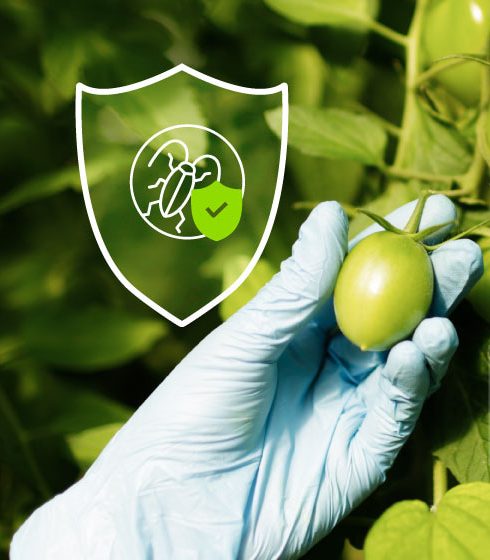
Why Pest and Disease Management Matters in Commercial Greenhouses
Knowing what you’re up against is half the battle. Here are the most prevalent threats in commercial greenhouses:
Common Pests and Diseases Table
Threat | Symptoms | Common Crops Affected |
Aphids | Sticky residue, curled leaves | Tomatoes, peppers, lettuce |
Whiteflies | Yellowing, white swarms | Cucumbers, poinsettias |
Spider Mites | Webbing, stippled leaves | Roses, beans, strawberries |
Powdery Mildew | White coating on foliage | Squash, herbs, flowers |
Botrytis (Gray Mold) | Gray fuzz on stems/fruit | Grapes, gerbera daisies |
Root Rot | Wilting, soggy roots | Overwatered nursery stock |
Visual Idea: A bar graph could rank pest/disease frequency in commercial settings—e.g., aphids (35%), whiteflies (25%), mildew (20%)—to highlight priority targets.

Daily Pest and Disease Management Checklist
Daily monitoring is the frontline defense in a commercial greenhouse. These tasks integrate seamlessly into high-volume workflows.
Daily Checklist Table
Task | Description | Time Estimate |
Crop Inspection | Scout key zones for pest signs or disease symptoms using trained staff. | 15-20 minutes |
Trap Monitoring | Check yellow/blue sticky traps for pest counts; log data for trends. | 5-10 minutes |
Climate Adjustment | Optimize ventilation to maintain 40-60% humidity, reducing fungal risks. | 5-10 minutes |
Debris Removal | Clear plant waste from floors and benches to disrupt pest habitats. | 10-15 minutes |
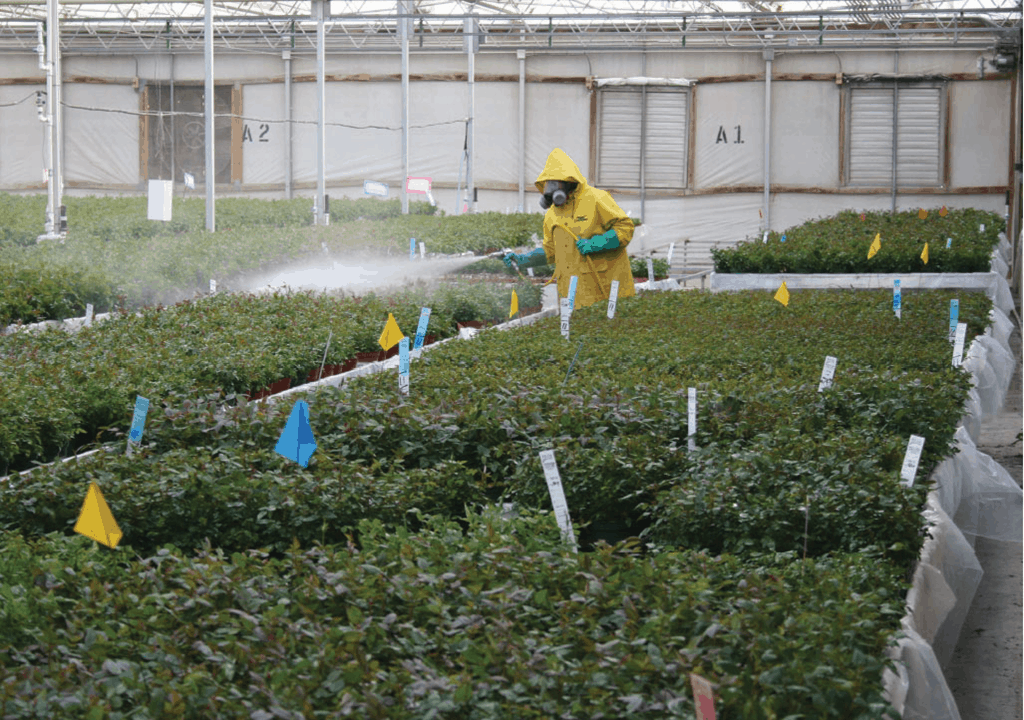
Weekly Pest and Disease Management Strategies
Weekly efforts focus on prevention and containment, critical for maintaining commercial crop quality.
Weekly Strategies Table
Task | Description | Time Estimate |
Biological Controls | Release predatory insects (e.g., Encarsia for whiteflies) per crop cycle. | 15-25 minutes |
Preventative Sprays | Apply organic treatments like neem oil to high-risk areas. | 20-30 minutes |
Tool Sterilization | Disinfect pruning tools and equipment with bleach solution (1:9 ratio). | 10-15 minutes |
Irrigation Audit | Check drainage systems to prevent waterlogging and root rot. | 15-20 minutes |
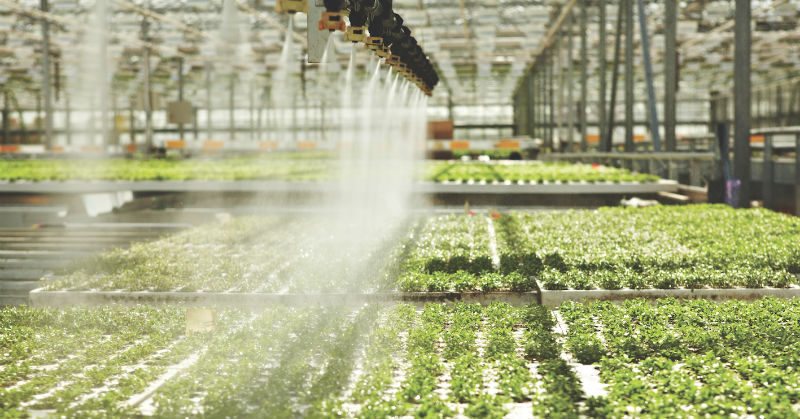
Seasonal Pest and Disease Management Tips
Seasonal planning keeps your greenhouse resilient through changing conditions and market demands.
Seasonal Tips Table
Season | Task | Description |
Spring | Vent Screening | Add insect-proof mesh to block early pest invasions. |
Summer | Enhanced Ventilation | Deploy extra fans or cooling pads to combat heat and fungi. |
Fall | Post-Harvest Cleanup | Sanitize all surfaces and remove crop residue before replanting. |
Winter | Water Management | Reduce irrigation frequency to prevent root rot in cool months. |
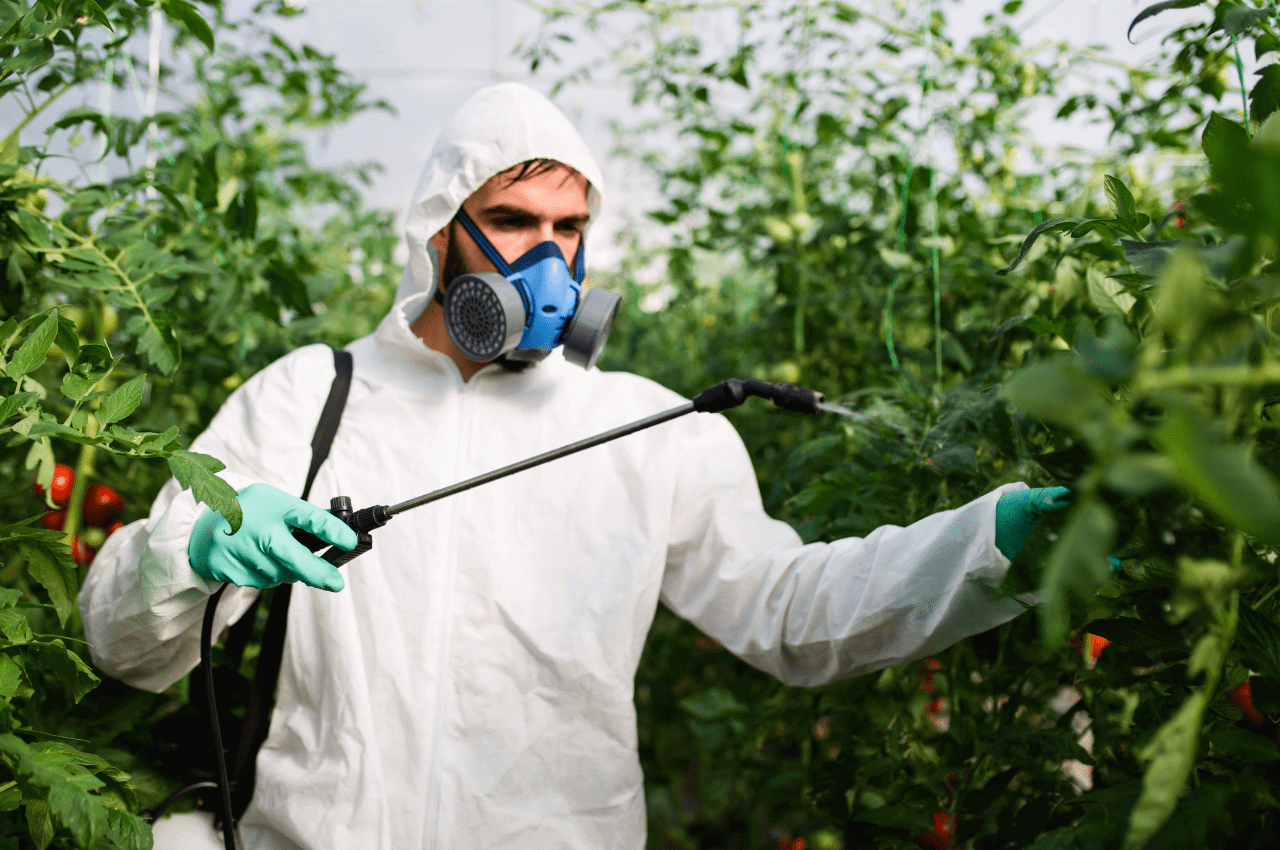
Organic and Chemical Control Options for Commercial Use
When prevention falls short, choose scalable treatments that balance efficacy and compliance.
- Organic Solutions:
- Neem Oil: Broad-spectrum pest and fungal control; apply via automated sprayers.
- Diatomaceous Earth: Dust on soil beds to target crawling pests in nursery areas.
- Beneficial Insects: Scale up with bulk releases of lacewings or parasitic wasps.
- Chemical Solutions (Controlled Use):
- Insecticides: Use low-residue options like spinosad for severe outbreaks.
- Fungicides: Apply sulfur-based products for persistent mildew in humid zones.
Caution: Adhere to local regulations and integrated pest management (IPM) protocols to maintain certifications like USDA Organic.
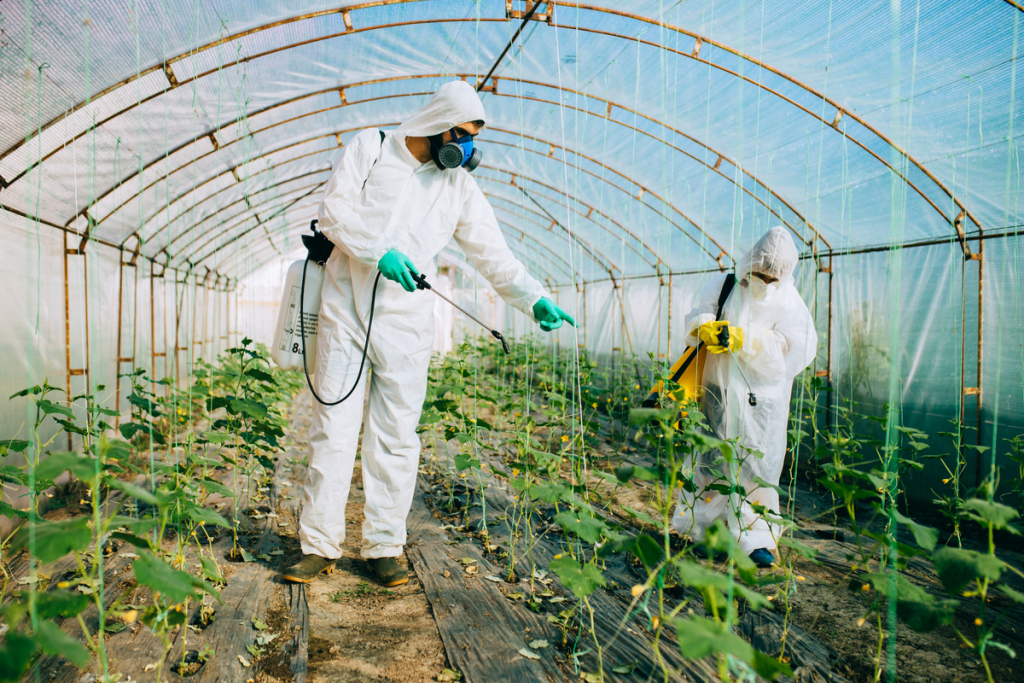


Top Tips for Commercial Greenhouse Pest and Disease Management
- Quarantine Protocols: Isolate incoming plants for 7-14 days in a separate holding area.
- Leverage Technology: Use pest-monitoring drones or sensors for large-scale scouting.
- Train Staff: Educate workers on early pest/disease signs to decentralize vigilance.
Conclusion: Secure Your Commercial Greenhouse with Smart Management
Pest and disease management in commercial greenhouse farming is a non-negotiable priority. With daily diligence, weekly prevention, and seasonal foresight, you can protect your crops, maintain quality, and keep profits steady. Equip your operation with the right tools and strategies, and watch your greenhouse thrive in any season.

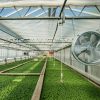




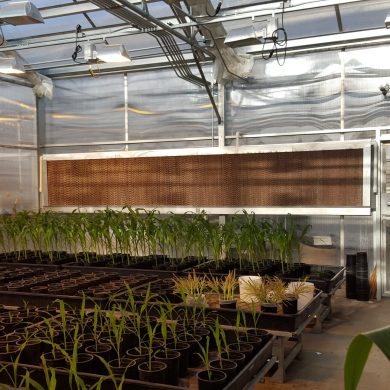




Add comment